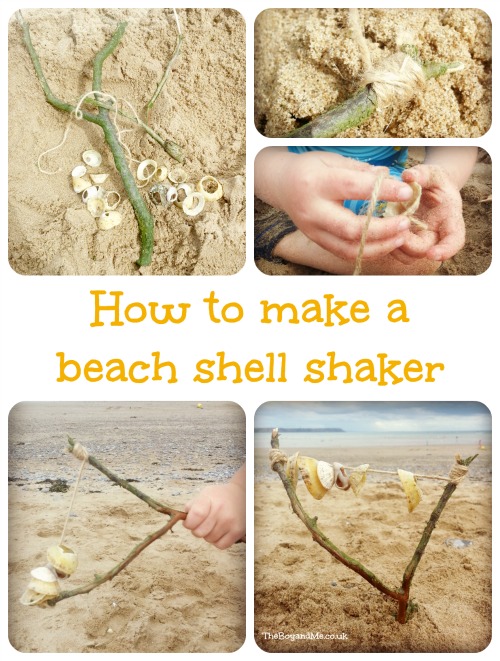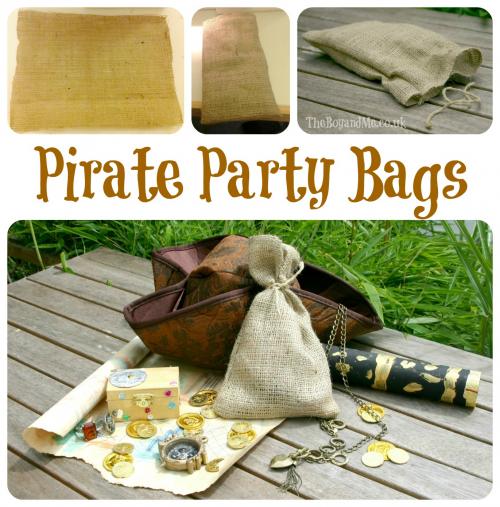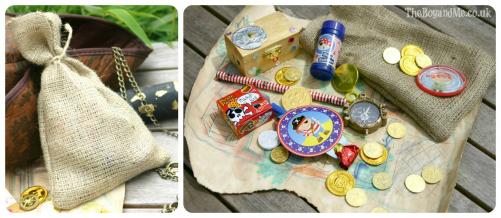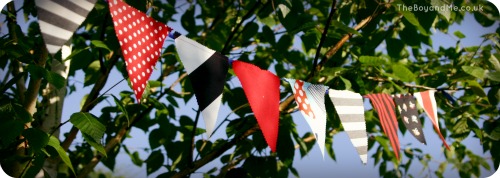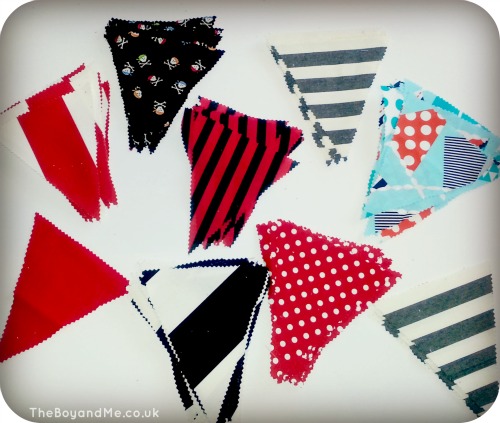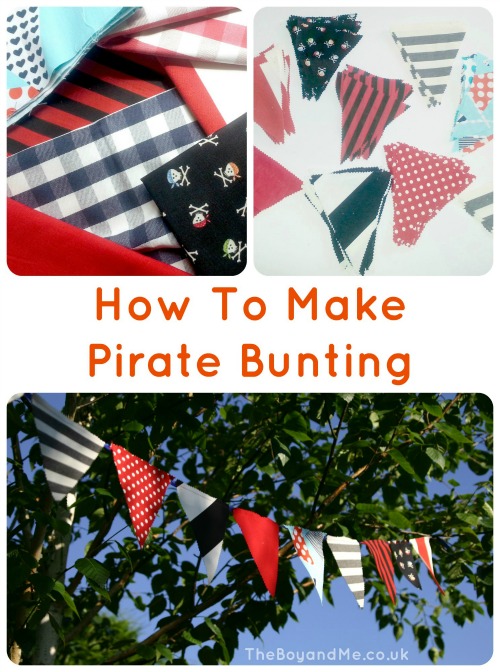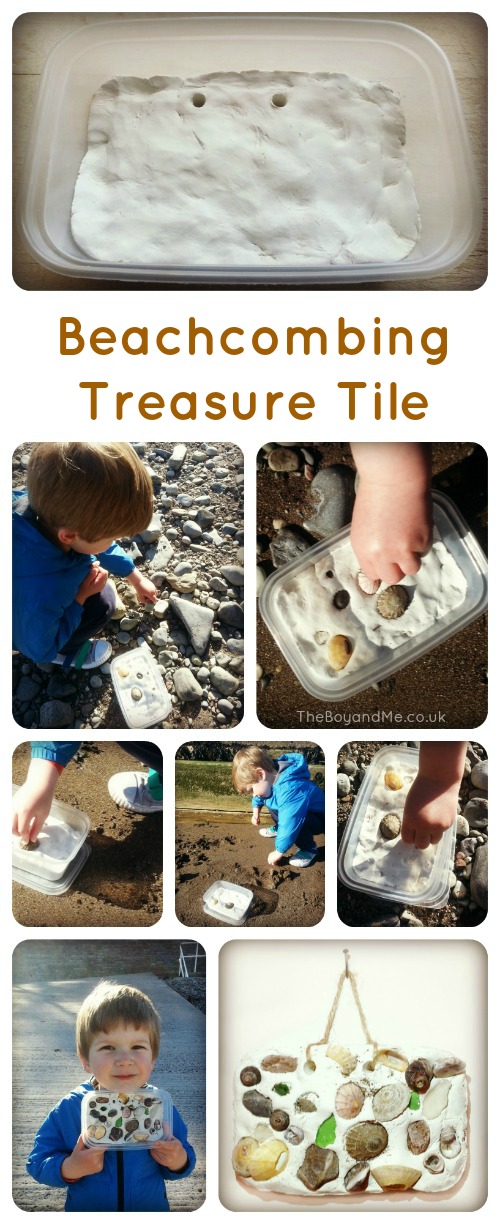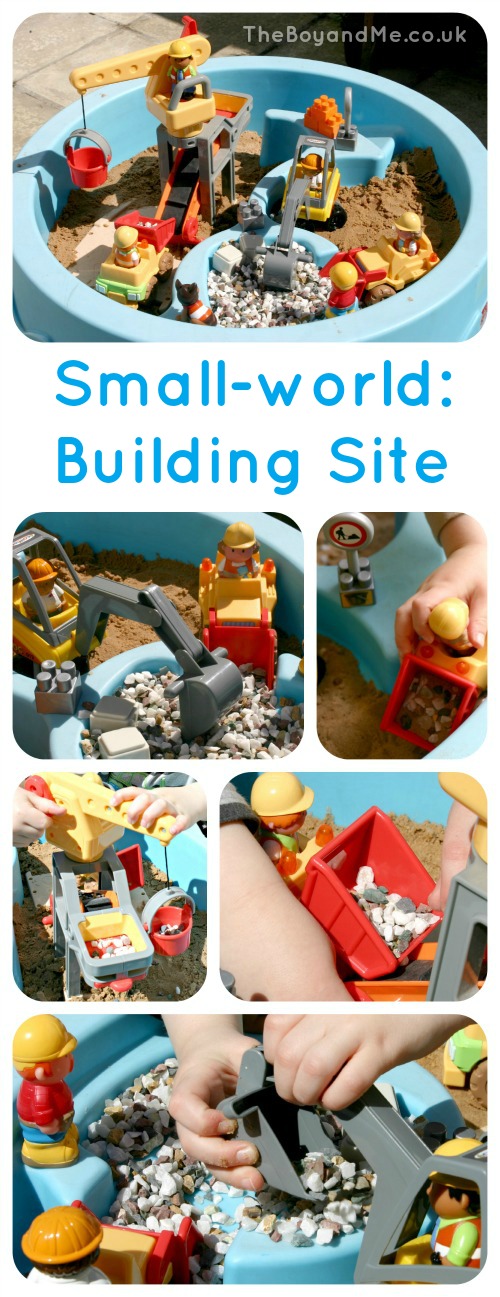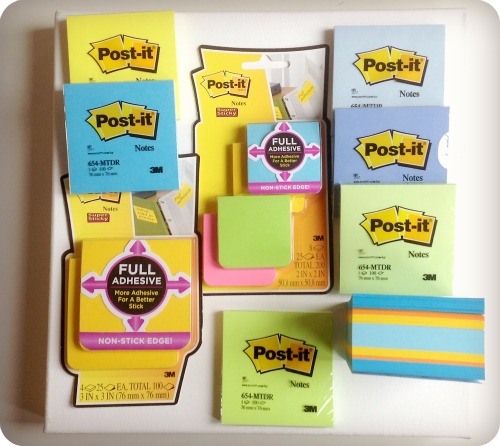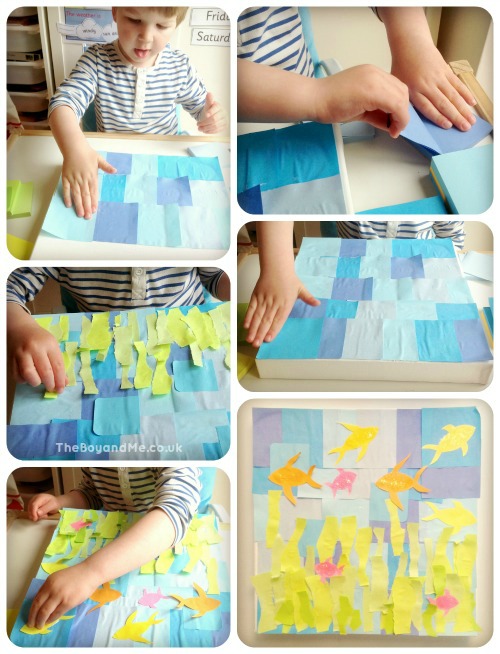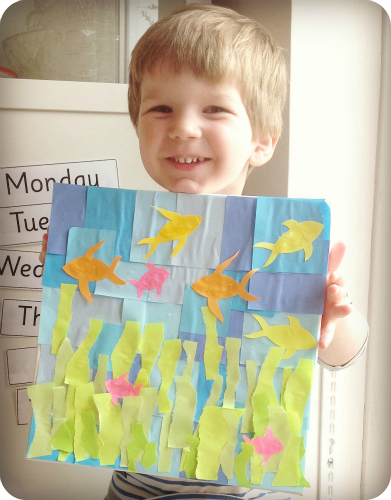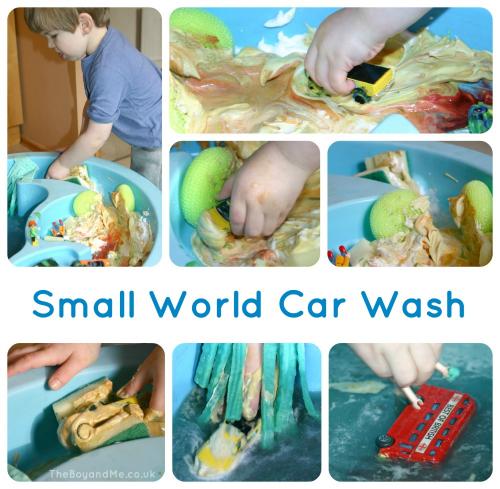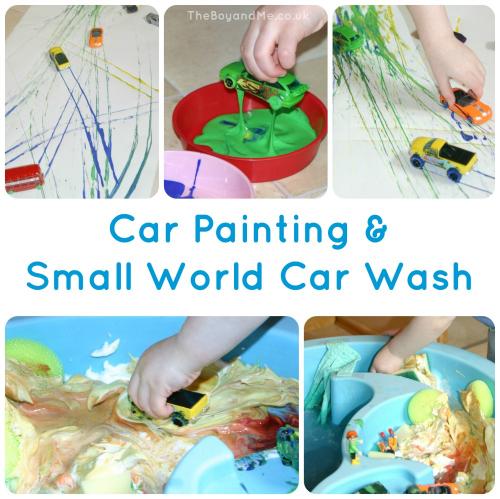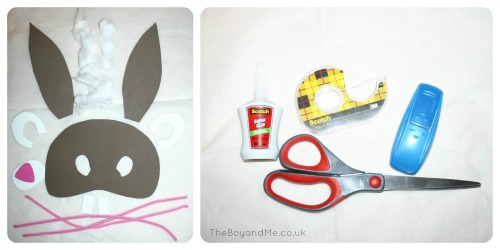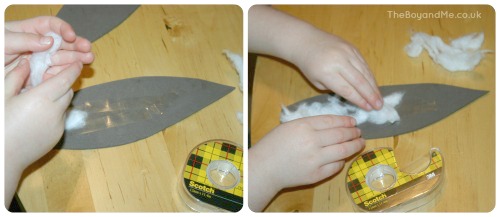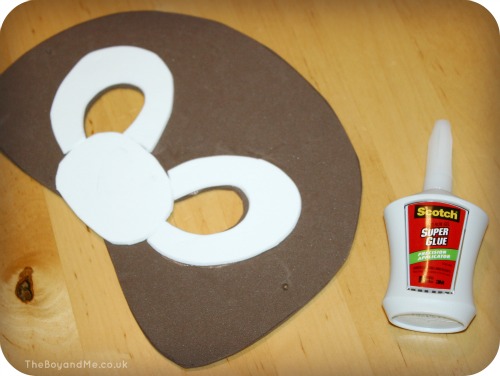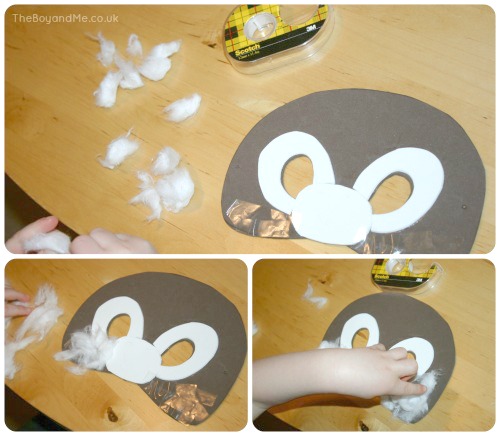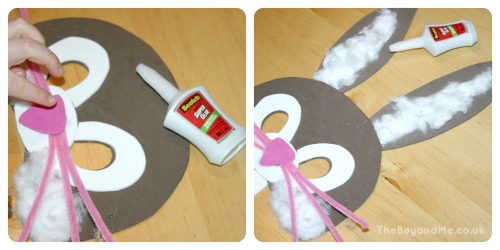Making a raft is an easy activity to do with children, although their age determines exactly how much input you give. The Boy is four years and two months old and quite good with fiddly and intricate things, but making this raft was more about him helping me, than me helping him. Now he knows how to do it, the situation will reverse.
This activity is completely organic, both in the way that it happened, and the materials we used!
How To Make A Stick Raft
You'll need:
- 4 sticks of equal length for the frame
- around 8-10 sticks of the same length as those for the frame to create the bed of the raft
- long grass reeds/stems
- 1 large leaf or a frond of leaves for the sail
- 1 stick for the mast
- Lay the four sticks for the frame on top of each other to judge size. Carefully wind a long grass reed around each of the join, overlapping and winding from one corner to the other. This will hold them in place. Complete for each corner.
- Once the frame is completed, fix each stick to the frame to make the bed of the raft, winding the grass over in a cross fashion as above. Continue until the base is covered, there will be gaps in between each stick.
- Use one stick as the mast and a large leaf as the sail. Make two small holes to push the mast through. We actually tied a large frond of leaves to the mast instead.
- Insert into a gap in between two of the sticks, carefully wrap grass around to fix it into place.
- The raft is ready for sailing!

- This activity is great for:
- fine motor skills and hand-eye co-ordination; winding the grass around the sticks.
- design skills; How can we join the sticks together?
- problem-solving; Did the raft float or sink? Why? Did it get caught on anything?
- communication; questioning and discussion.
- self-esteem; achievement!
- having FUN!
It is also one of the activities on the National Trust 50 Things To Do Before You're 11&¾ list: #43: Build A Raft!
—

